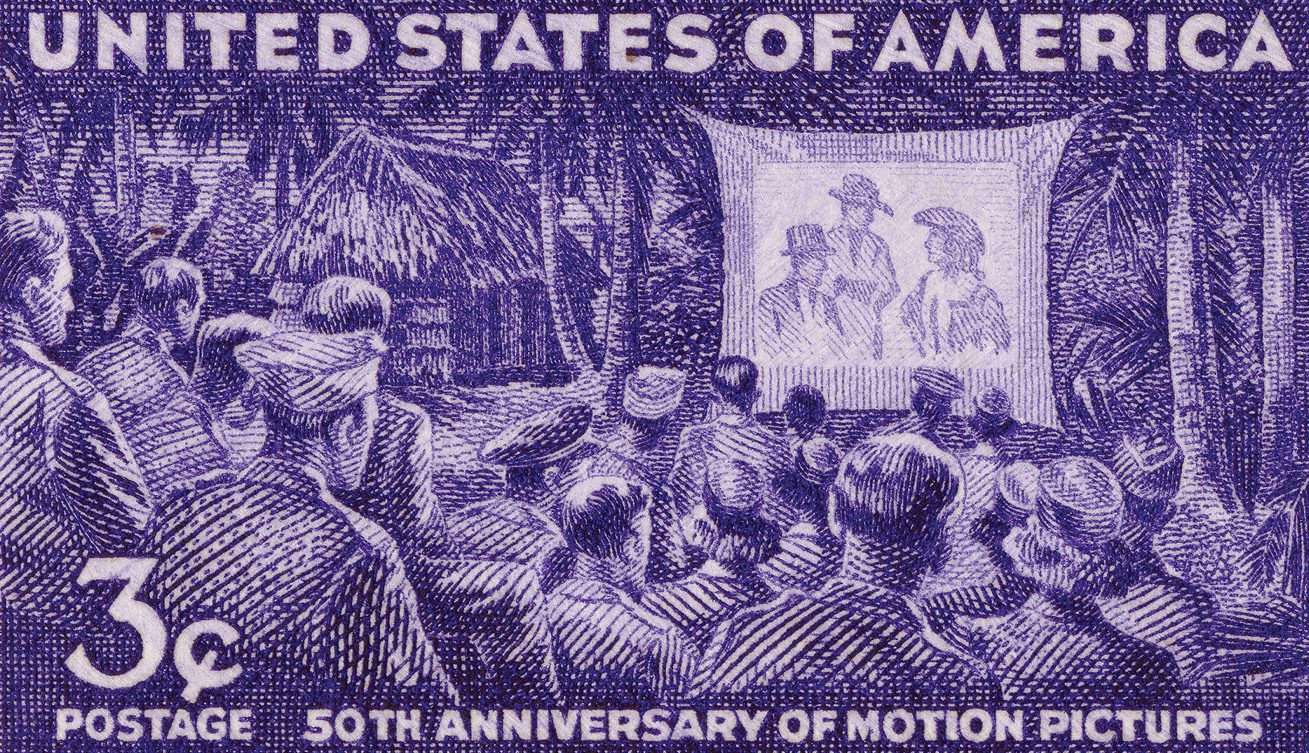U.S. Launches First Nuclear Submarine
On January 21, 1954, the USS Nautilus, the world’s first operational nuclear-powered submarine, was launched. It would quickly break all speed and distance records and mark the start of a new age of underwater travel.









